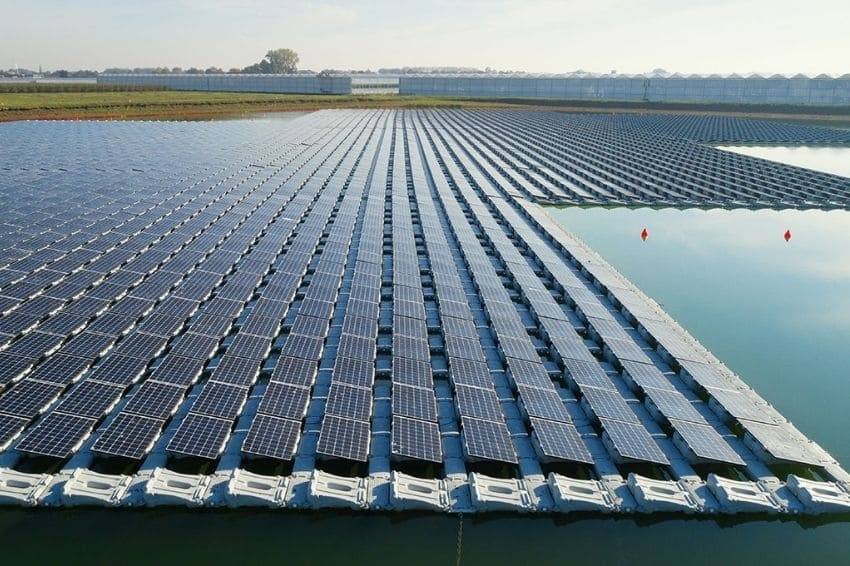The grounding system is an extremely important item to promote safety against electric shocks due to indirect contacts and is also useful for protecting equipment. By definition, it is an intentional connection to earth, made by a conductor or set of conductors.
In the case of FVFs (floating photovoltaic plants), this system is also essential, but it works in a different way. According to Paulo Freire, a specialist in grounding and SPDA (Atmospheric Discharge Protection Systems) for large plants, grounding in water is basically formed by anchoring the plants.
“Stainless steel cables are generally used fixed in holes on the reservoir bed, interconnected with the earth grounding network of the consumer or concessionaire substation”, explained Freire.
However, according to the expert, when the plant is connected to the substations of a hydroelectric plant, as already exists in some projects in Brazil, the connection between the grounding in the lake, made of stainless steel, and the grounding of the substation on land, made of copper, forms a galvanic battery.
“The differences in natural potentials of the interconnected metals add up to the differences in power resulting from the interconnection of grounding in media with different resistivities (soil/water). This formation will lead to corrosion of the steel”, he explains.
He also commented that submerged steel, even stainless steel, suffers a natural corrosion process, especially if it is in contact with silt at the bottom of the reservoir, where there are many bacteria that aggravate this process.
“The use of stainless steel reduces the level of corrosion, but does not eliminate it. To avoid the formation of a galvanic pile, the ideal would be to separate the steel and copper structures using a DPS (Surge Protection Device). However, equipotential requirements may make the solution unfeasible. So, this will have to be studied at the project level. We have to study the feasibility of separating these groundings so as not to violate standard criteria so that we can avoid the problem of galvanic corrosion”, highlighted Freire.
Floating plants in Brazil
The first floating solar plant in the country is located in the Porto Primavera HPP reservoir, in Rosana (SP). It has a power of 2 x 25 kWp and an output voltage of 440 Vac.
The largest in operation is in the reservoir of the HPP (hydroelectric plant) of Sobradinho (BA). The first stage has 1 MWp, opened in July 2019, and will have a capacity of 2.5 MWp by 2020.
'Floating plants will dominate the market'
“I calculate that the PVF market, in the next 10, 15 years, should surpass ground installations”. This is the prediction of electrical engineer José Teixeira, a specialist in FVF.
According to Teixeira, this dominance will happen because these solar systems have some characteristics that put them at an advantage over land-based plants. “The main advantage is that FVFs make the operation of the photovoltaic panel cooler, increasing efficiency in energy generation. When you raise the system above water you already have the enormous benefit of the natural cooling that this provides”, he explained.
The project that is benefiting from this advantage is that of entrepreneur Derek Wang. He is a sales manager at Chinese photovoltaic module manufacturer Znshine Solar, which installed a 5.28 kW floating photovoltaic plant in a reservoir located in the city of Mococa (SP). In total, 16 solar panels were used.
“The idea came when we saw the great potential of this system. So, we carried out a pilot project precisely so that customers can learn more about and publicize its benefits,” said Wang.
“Floating photovoltaic plants bring greater efficiency in energy generation. As there are many lakes, rivers and dams in Brazil, they can be used very well for this”, added the executive.
















